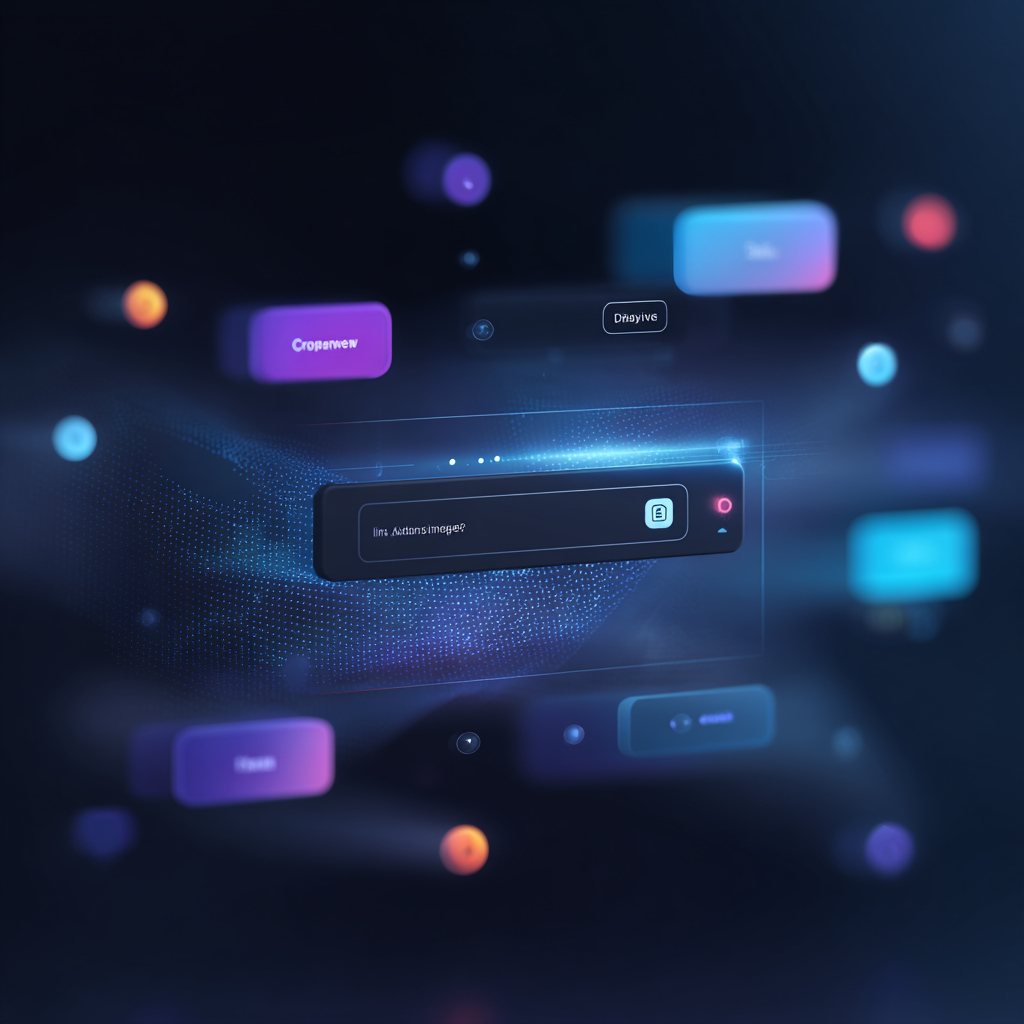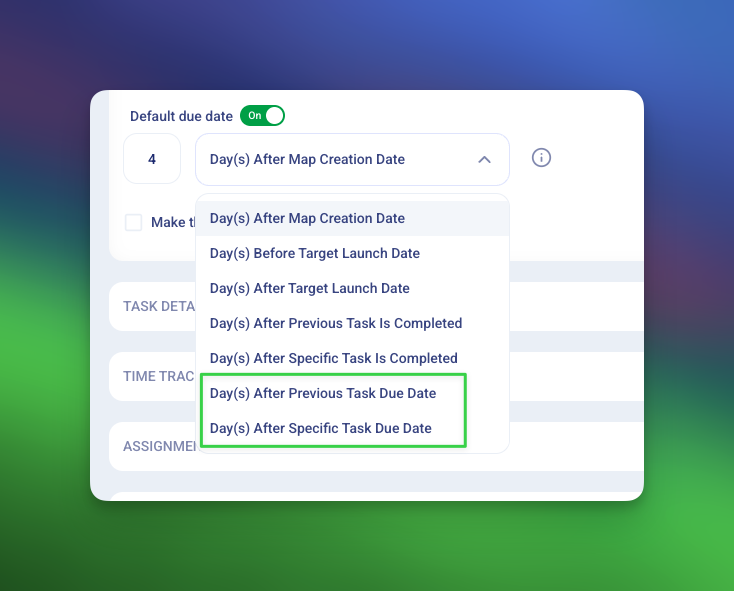The Customer Onboarding Toolkit

As pie-in-the-sky as customer experience can sometimes seem, customer onboarding is a practical matter. Get me started, says the customer. Give me the next step, milestones, and metrics, they clamor. Most importantly, when I need it, please provide me with the documentation, self-service help, and just enough assisted support, when I need it.
The customer onboarders tasked with meeting these demands really do live in a tangible world, one with tangible asks and outcomes. As it happens, they rely on a variety of equally practical tools and strategies to do their jobs efficiently.
A toolkit for the tried and tested customer onboarding pro
Into the fray, brave onboarder! To help you with your next customer handoff, here are six must-haves for your toolkit. Each of these recommendations is based on its ability to help onboarders, specifically, be more effective.
1. Calendly Or Hubspot Meetings
As a customer onboarder or customer success manager (CSM), you’re very acquainted with your calendar. It’s booked solid each day. It’s color-coded. And it’s being constantly assaulted by meeting requests from colleagues and customers alike.
In most cases, managing it all manually leads to mistakes, missed meetings, and unhappy customers. Scheduling tools such as Calendly or HubSpot Meetings make it easy for customers to schedule time with you. If you’re on the fence about this automation, it’s likely only a matter of time before making the change becomes a necessity.
Pro tip:
- Keep your calendar updated so you don’t get double booked.
- Remember the buffer time setting, which will give you the space you need to prepare for the next meeting.
- Block out “productivity time” on your calendar to give yourself time to catch up on emails, slack notifications, etc.
2. Email plugin for activity logging
There are certain repetitive activities that, when added up daily, comprise a major time drain. Let’s say you talk to 20 customers per day and you’re logging that activity—those calls or emails—into your customer relationships manager (CRM) manually. That means you’re probably spending 20 minutes a day just searching for, then scrolling to “log an activity,” for every single contact.
Luckily, there are a variety of email plugins available that can automatically track emails, or log calls from your email, without having to perform a manual CRM search. Salesforce Inbox comes to mind. Cirrus Insight also provides a number of solutions for activity logging.
Pro tip:
- Check to see if your current CRM vendor offers an email plugin for activity logging.
- Use automatic logging and tagging rules for emails.
3. Preparedness plan
If you’ve ever watched The Office, then you’re familiar with Michael Scott’s client rolodex. On the back of each card, Scott has compiled do’s and don’ts, mentions and don’t-mentions. While we don’t recommend emulating Mr. Scott’s business ethic, we do recommend having a similar customer “preparedness plan.”
Your preparedness plan is a checklist of what information you should know going into the first customer call. That is:
4. Handoff Process
Speaking of sales, how’s your handoff process? Is it simply “sales” sending a kickoff email, then the CSM team responding to schedule the kickoff call? While this might suffice in the near term, it’s not a true handoff process.
Instead, try formally documenting your handoff process. Namely:
- What information should sales capture before the deal closes?
- When does the concept of Onboarding get introduced?
- When does the person responsible for Onboarding get introduced?
- Who will send the kickoff email?
- How will the kickoff call be scheduled?
- How quickly should the kickoff call happen?
Pro tip:
- Create a formalized document that has the approval of relevant stakeholders.
- Make sure to train the entire team (Sales, Customer Success, and Onboarding) on this handoff process. Not once, not twice, but every time there is a new team member joins and quarterly retraining as needed.
5. Kickoff call script
Despite its name, a kickoff call script is more like an internal bulleted list of what you will be covering in the first call. A “call flow,” if you will (not an actual script to be read verbatim). It’s common for onboarders to create a kickoff call script template that they then tailor for each customer. That said, you can also write a word-for-word script for the "perfect call." From there you can trim it down to the points that you want to gather from each first interaction.
Pro tip:
- A great training method that we've used in the past with new hires is to conduct mock calls with a colleague. Round 1: read the script word for word to reveal the start, middle, and end of the process. Round 2: Go back and tweak the script to verbiage that comes more naturally. Round 3: kill the script and work off of the bulleted list only.
- Use the bulleted list to help prepare an agenda which can be shared with all participants prior to the call. This will help all parties be prepared and keep the call on track.
6. Dashboard
Dashboards are no longer just for managers. Get your team in the habit of using a dashboard to manage their day-to-day activities. The ability to take the pulse of customer onboarding generally, in a single place, is ideal. Onboarding managers, for example, ought to be able to quickly pull up:
- How many customers they’re managing
- What stage those customers are in
- How much revenue/ARR/MRR they’re managing
Pro tip:
- Build a report for the average number of interactions per day/week/month (% reactive, % proactive).
- Make sure your dashboard is accessible from anywhere, on any device.
Building a repeatable onboarding process
As productive as our onboarder’s toolkit might make you—and it will do just that—it all boils down to putting your customers in the best position for success. Churn might happen at the end of the customer journey, but it starts at the beginning with any delay, disorganization, and disinterest that accompany implementation. When customers are successful from the get-go, you and your company will be successful, too. It’s the kind of win-win outcomes that most success professionals strive for.
Often, CSM teams and onboarding professionals have their hearts in the right place, but rely on systems and processes that falter the more customers they throw at it. This need for scalability is one of the primary drivers behind Onboard, a solution built to organize, automate, and manage customer onboarding from handoff to launch. Once you’ve had a chance to review our onboarder’s toolkit, we hope you’ll check it out.
[Updated May 2021] Check out our Ultimate Customer Onboarding Launch Kit!





.png)


